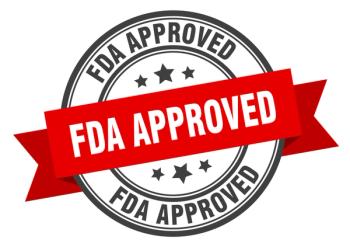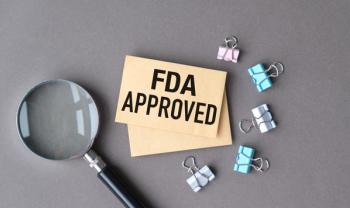
John Oliver Takes on the Pharmaceutical Marketing Industry
John Oliver humorously took on the issue of pharmaceutical marketing and its impact on the prescribing habits of physicians.
John Oliver took on the issue of pharmaceutical advertising in his HBO segment, "Last Week Tonight," with his usual satirical and comical wit.
The show covered the concern that the pharmaceutical industry has buried itself deeply into the pockets of many prescribers, influencing the prescriptions they are giving to patients. The biggest spoof was in the last 3 minutes of the segment, where they created a faux drug ad based on “Pharmaceutical Money.” My favorite statements included:
“Pharmaceutical Money combines with the cash receptors in your doctor's wallet to create fast-acting financial relief, so your doctor can rest easy and enjoy life.”
“Side effects…include chronic overprescription, unusually heavy cash flow, dependency on free samples, inflammation of confidence, affluenza, and an increased tendency to prescribe off-label prescriptions.”
Overall, the spoof was quite humourous, especially for pharmacists who turn a critical eye to pharmaceutical ads on television.
Oliver not only used the humour to drive his point across, but also presented a critical view on several key areas. According to his team's research, 9 of 10 pharmaceutical companies spend more money on marketing than research annually.
Pharmaceutical companies have transitioned from giving away free junk to supplying free meals in order to maintain steady contact with physicians. The companies also purchase data from others (i.e. pharmacies and insurers) to determine the prescribing practices of physicians, and market appropriately to drive sales.
Another area that Oliver tackled was the use of physicians as so-called speakers or thought leaders. However, this isn’t just limited to physicians, as many in health care are involved, including pharmacists, nurses, and other allied health professionals.
If you want to see this in action, look at industry-sponsored events at national meetings that either deliver a meal or continuing education. Olibrt took a hard line against these speakers for delivering the "dribble" prepared by the companies with little input of their own.
Lastly, Oliver identified the US government's attempt to increase the transparency of how much pharmaceutical companies financially impact prescribers.
The US Centers for Medicare & Medicaid Services supports the
For some pharmacists, this is old news, but for others, it might be something new.
Newsletter
Stay informed on drug updates, treatment guidelines, and pharmacy practice trends—subscribe to Pharmacy Times for weekly clinical insights.









































































































































































































